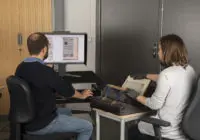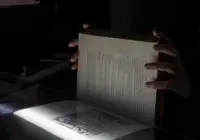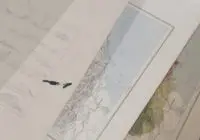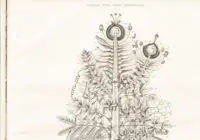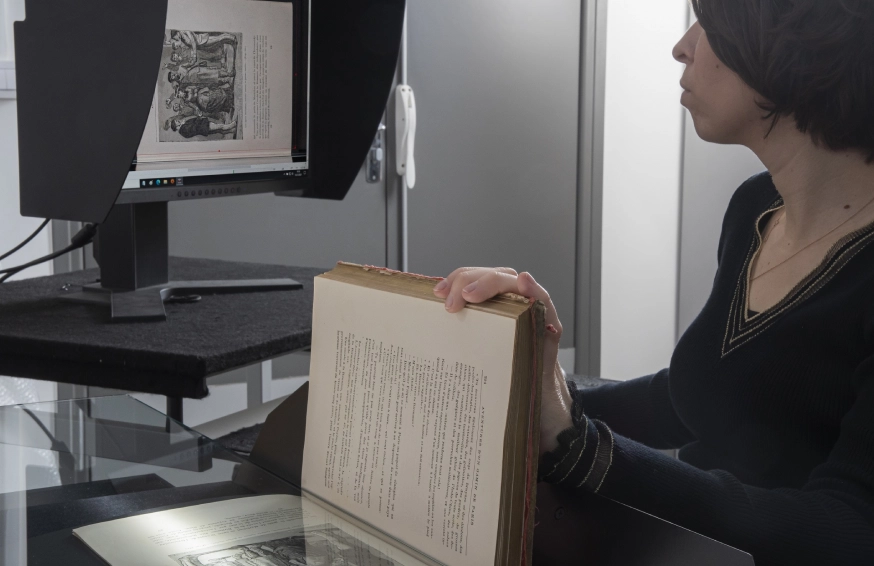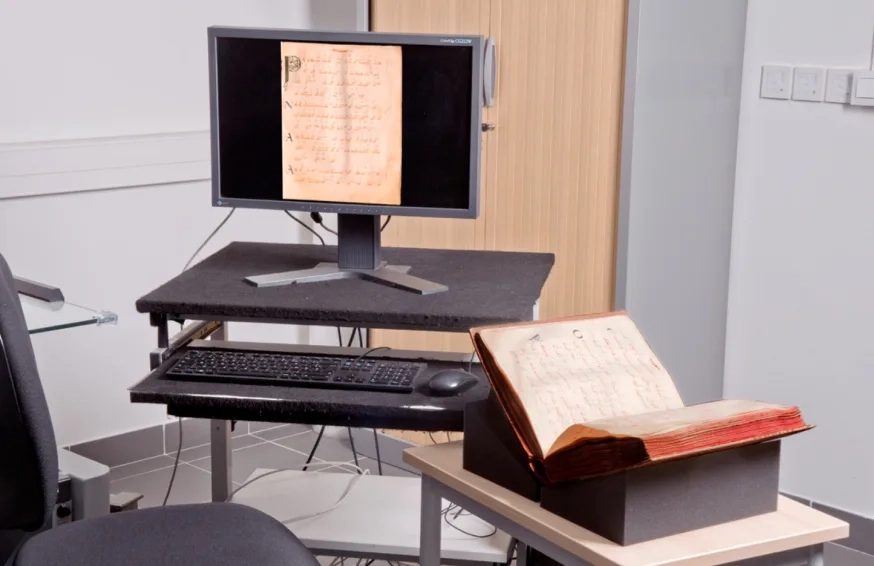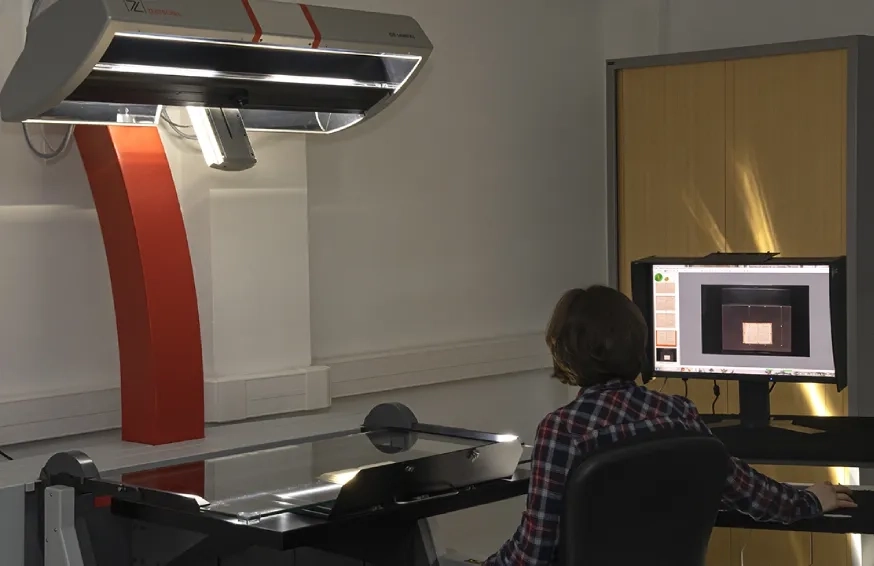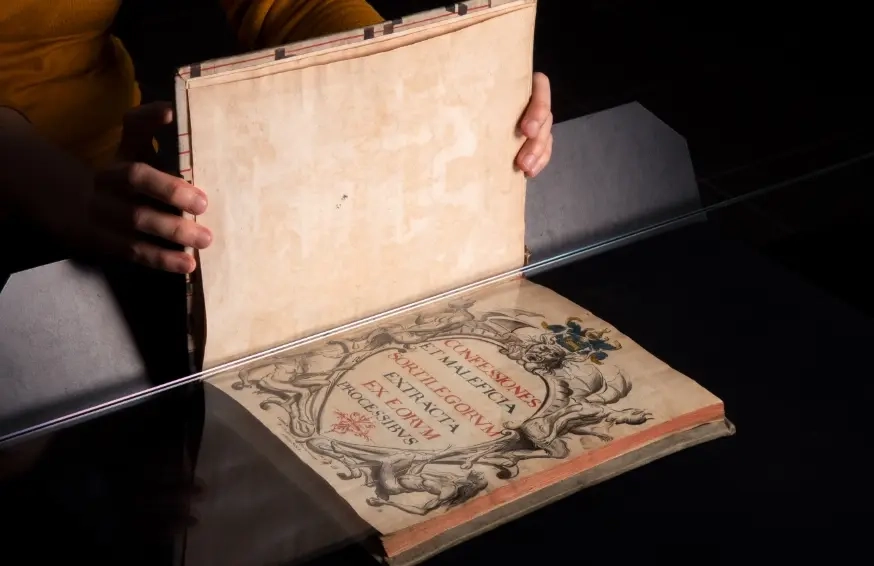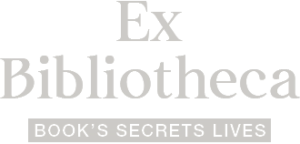Heritage collections are digitised with two key aims in terms of transmission and knowledge: the preventive conservation of documents and their promotion among scholars and anyone curious to see them.
Reproducing a document using a digital camera or a dedicated scanner provides a substitute version, in order to keep any subsequent handling of fragile documents to a minimum.
During image capture, which can be a long and tedious process, the operator has to be patient and find the best compromise between treating the document with the utmost care and reproducing it faithfully – concepts that can be contradictory. The expertise of conservator-restorers is of great help during this process.
Once fully digitised, the images are prepared for online publication. This is where the documentary computing skills of IT specialists come in – these computing wizards are well-versed in the abundant world of formats and data standards.
A digital library is much more complex than just an image gallery, and gives us the option to enhance the intangible double through bibliographies, annotations, transcriptions, comparisons, etc.
A host of different people and professions form an entire chain – from selecting the documents to be digitised to consulting them on-screen – in order to make millions of remarkable documents, which are otherwise too shy or too damaged to venture out of storage, more accessible.
-
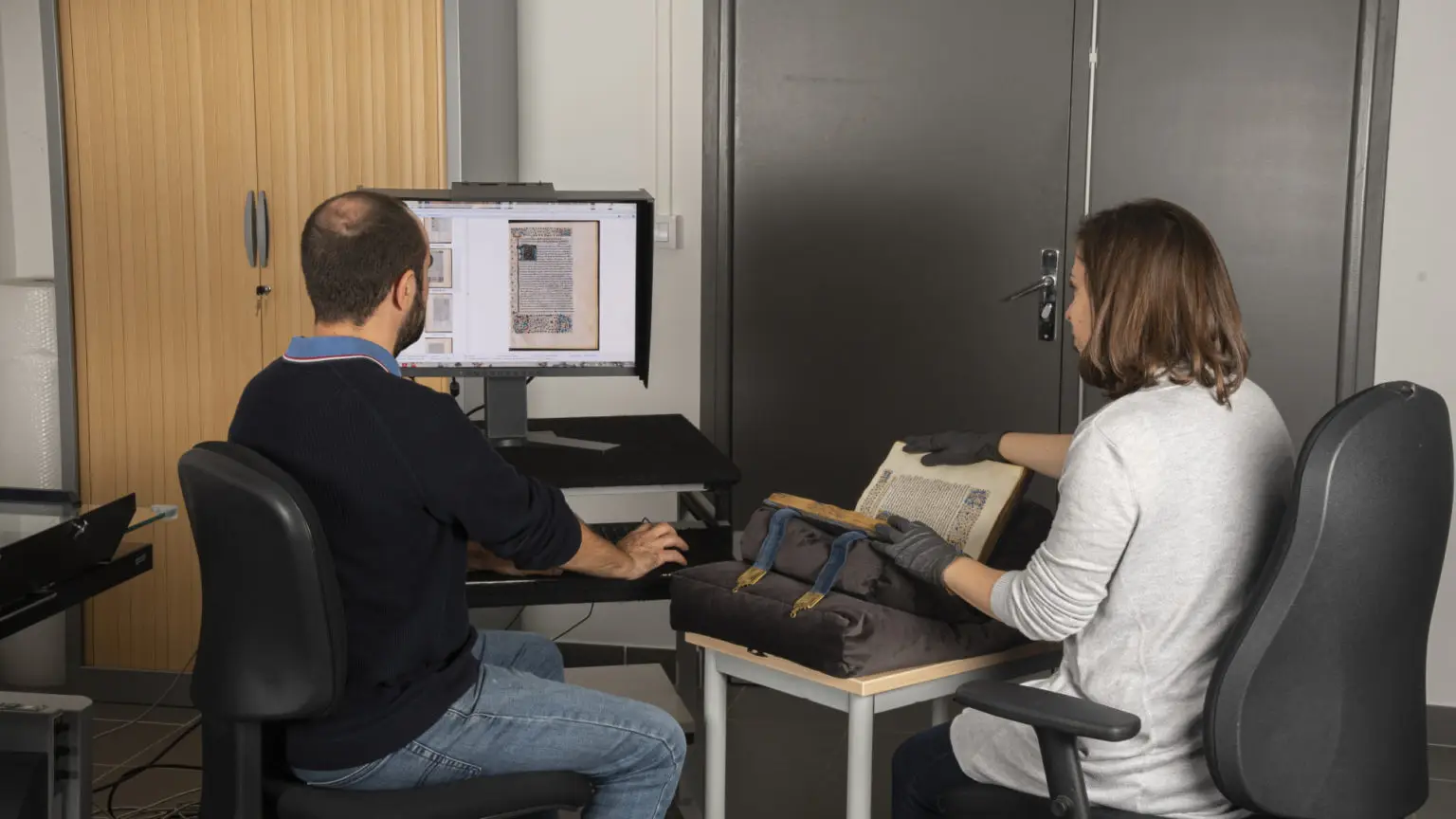
-

Capture of a page from a heritage book
-
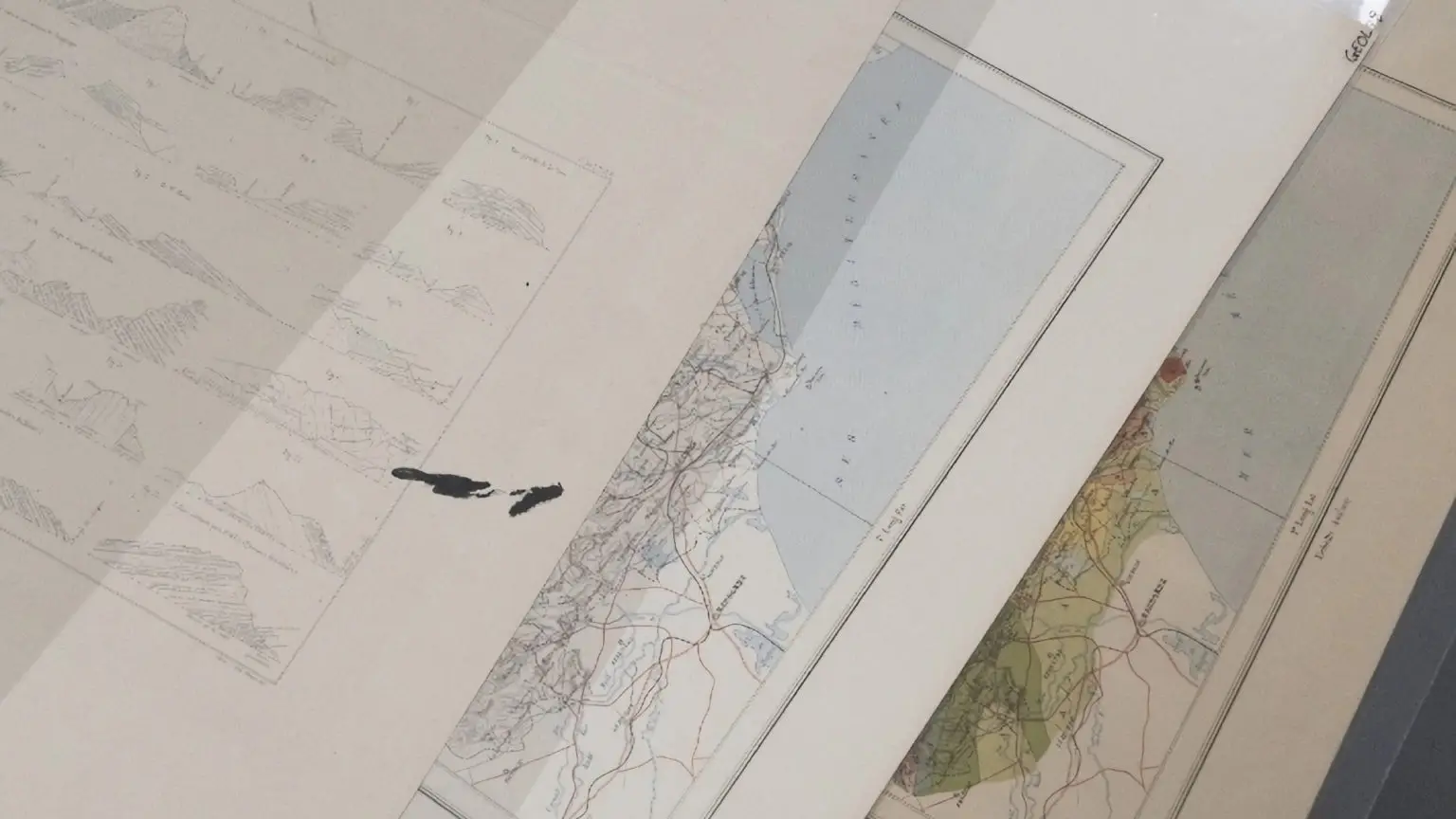
Old map from the Geosciences collection awaiting digitisation (Science Library, University of Montpellier)
-
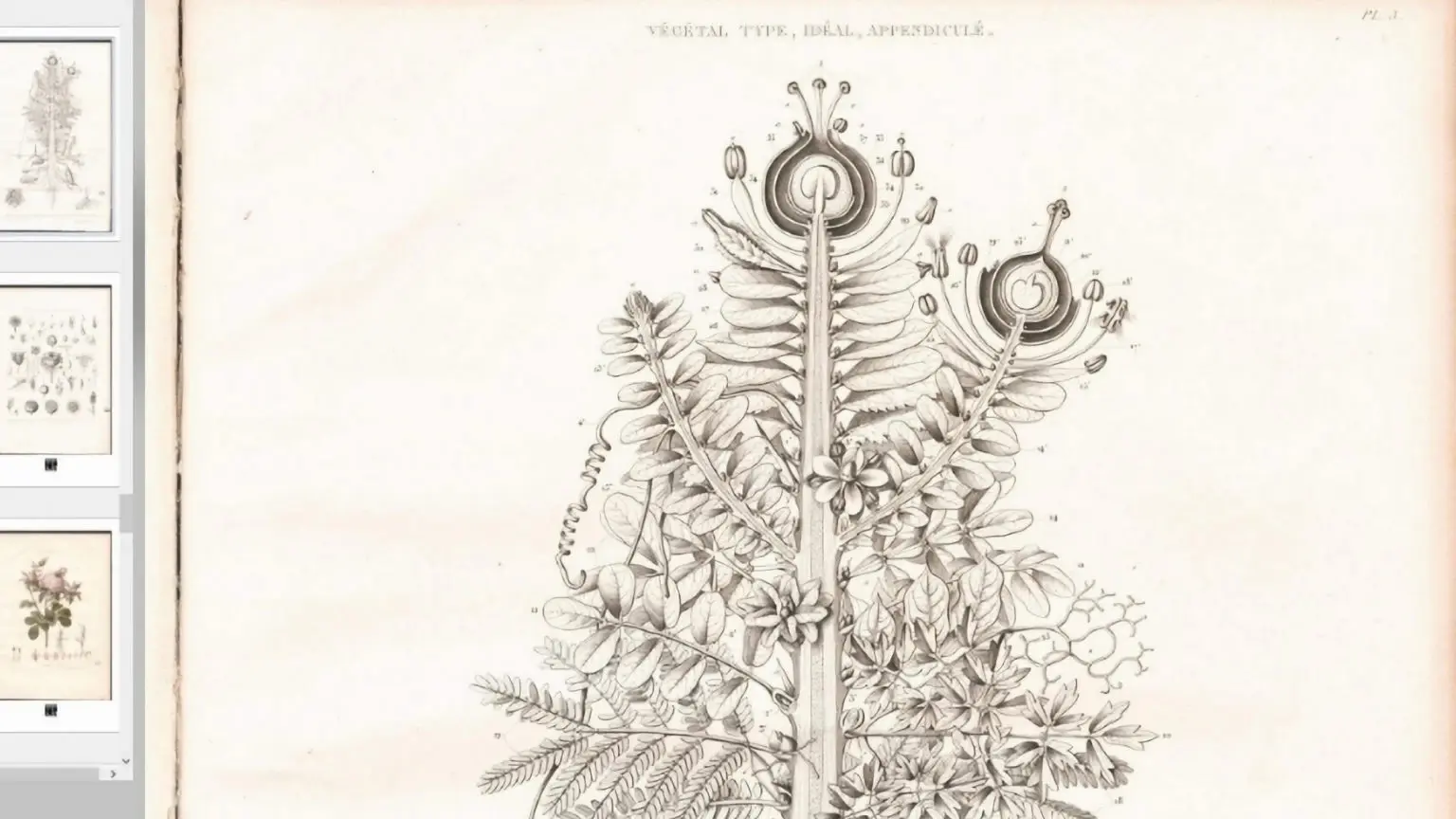
Consulting the book Esquisse d’organographie végétale... in the Foli@ digital library.
